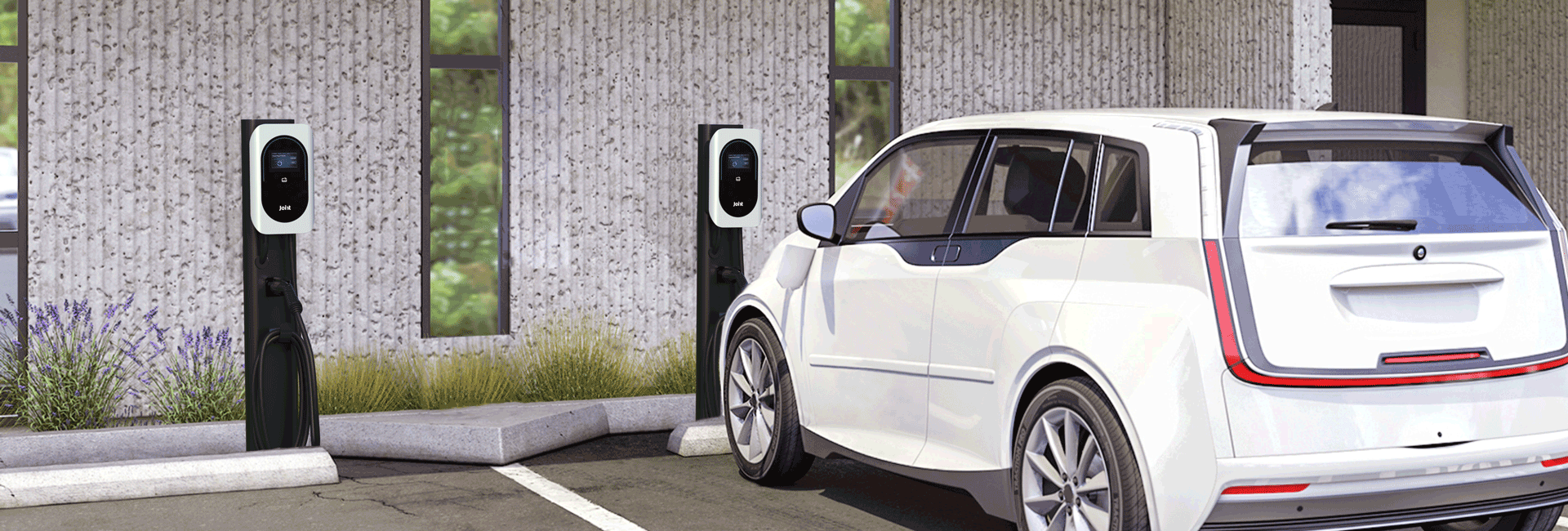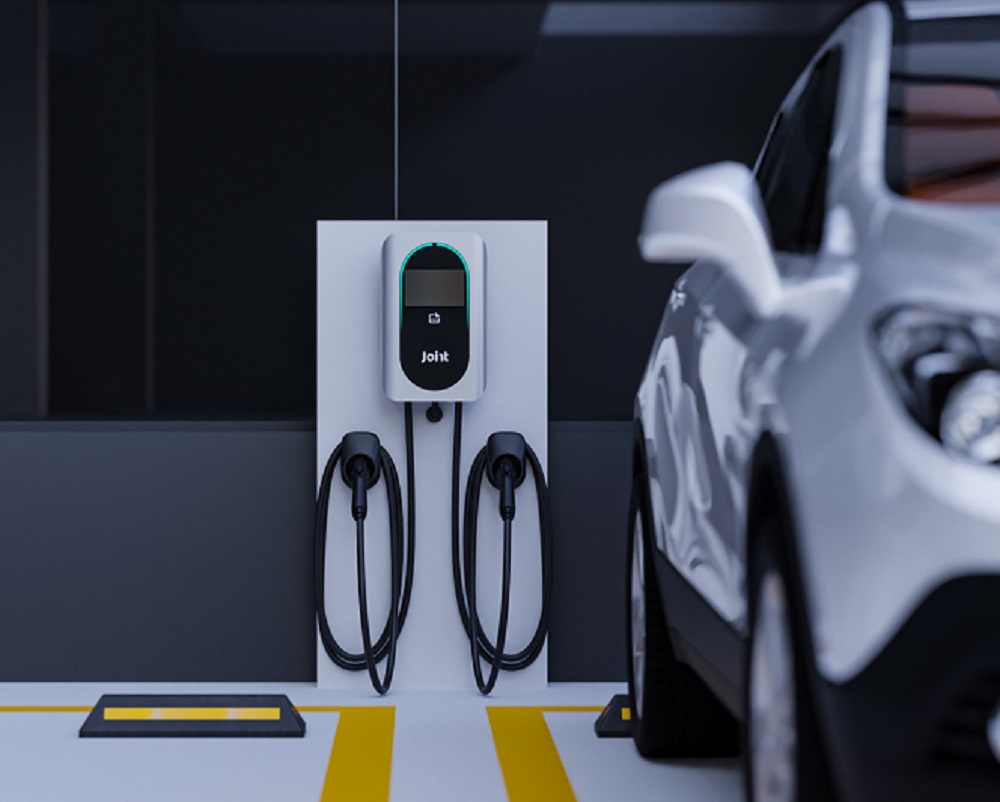
How to Procure and Implement EV Charging Stations for Businesses Across Global
Electric vehicles (EVs) have revolutionized the automotive industry with their promise of clean energy and reduced carbon emissions. However, one of the biggest challenges they face is weight, particularly the weight of the battery pack. A heavier battery influences efficiency, range, and overall performance, making it a crucial factor in EV design. Understanding the relationship between battery weight and range is essential for both consumers and manufacturers striving to optimize electric mobility.
1. The Connection Between Weight and Efficiency
Why Every Kilogram Counts for EVs
In electric vehicles, every kilogram of added weight increases the energy required to move the car. Unlike internal combustion engine (ICE) vehicles, which rely on fuel combustion, EVs draw power from a finite battery reserve. Excess weight leads to higher energy consumption, reducing the overall driving range per charge. Manufacturers meticulously calculate weight distribution to ensure optimal performance without unnecessary energy expenditure.
The Science Behind Energy Consumption and Vehicle Mass
Newton’s Second Law of Motion states that force equals mass times acceleration (F = ma). In practical terms, heavier vehicles require more force—and consequently, more energy—to move and maintain speed. Additionally, increased mass amplifies inertia, making acceleration less efficient and deceleration more demanding. These factors compound to reduce an EV's effective range, forcing engineers to find ways to counteract energy losses.
2. Understanding Battery Weight in EVs
Why Are EV Batteries So Heavy?
The high energy density required for electric propulsion means that EV batteries must store vast amounts of energy within a limited space. Lithium-ion batteries, the most common type, require substantial amounts of metals like lithium, nickel, and cobalt, contributing to their significant weight. The structural casing, cooling systems, and protective barriers further add to the mass, making EV batteries one of the heaviest components of the vehicle.
How Battery Chemistry Impacts Weight
Different battery chemistries offer varying trade-offs between weight, energy density, and longevity. For instance, lithium-iron-phosphate (LFP) batteries are more durable and cost-effective but have a lower energy density compared to nickel-manganese-cobalt (NMC) batteries. Emerging solid-state batteries promise significant weight reductions by eliminating the need for liquid electrolytes, potentially transforming EV efficiency.
3. The Trade-Off Between Battery Size and Energy Density
The Heavier the Car, the More Energy It Needs
A direct correlation exists between vehicle weight and energy consumption. More weight requires additional power to achieve the same acceleration and speed. This increases strain on the battery, leading to faster depletion and reduced range.
Rolling Resistance: The Hidden Drag on Range
Rolling resistance refers to the friction between the tires and the road. Heavier EVs experience greater rolling resistance, which translates into higher energy consumption. This is why tire design, material composition, and inflation pressure play an essential role in optimizing range.
Aerodynamics vs. Weight: Which Has a Bigger Impact?
While both aerodynamics and weight influence efficiency, aerodynamics plays a more significant role at higher speeds. However, weight has a consistent impact regardless of speed, affecting acceleration, braking, and handling. Manufacturers employ lightweight materials and streamlined designs to mitigate these effects.

4. Regenerative Braking and Weight Compensation
Can Regenerative Braking Offset Extra Weight?
Regenerative braking allows EVs to recover some lost energy during deceleration, converting kinetic energy back into stored battery power. However, while heavier vehicles generate more kinetic energy, they also require more braking force, limiting the efficiency of energy recovery.
The Limits of Energy Recovery in Heavy EVs
Regenerative braking is not a perfect system. Energy conversion losses occur, and braking efficiency diminishes when the battery is near full capacity. Additionally, frequent braking due to added weight increases wear on mechanical braking systems.
5. Battery Weight vs. Internal Combustion Vehicles
How EVs Compare to Gasoline Cars in Weight and Efficiency
EVs are generally heavier than their gasoline counterparts due to the battery pack. However, they compensate with higher efficiency, eliminating energy losses associated with fuel combustion and mechanical inefficiencies.
Does a Heavier EV Still Have an Edge Over Gas Cars?
Despite their weight, EVs outperform gasoline cars in torque delivery, energy efficiency, and lower running costs. The lack of a traditional transmission and fuel system also contributes to their overall efficiency, even if battery weight remains a challenge.
6. The Role of Lightweight Materials in EV Design
Can Lighter Materials Help Reduce Battery Dependence?
Lightweight materials such as aluminum, carbon fiber, and advanced composites can offset battery weight, reducing overall energy consumption. Automakers increasingly explore these alternatives to improve efficiency without compromising structural integrity.
Aluminum, Carbon Fiber, and the Future of Lightweight EVs
While aluminum is already widely used in EV frames, carbon fiber offers even greater weight savings, albeit at a higher cost. Advances in material science may make these options more viable for mass-market EVs in the future.
7. Optimizing EV Range Despite Battery Weight
Driving Habits That Can Improve Range
Smooth acceleration, regenerative braking utilization, and maintaining moderate speeds can significantly enhance range, regardless of vehicle weight.
The Importance of Tire Choice and Pressure
Low-resistance tires and proper inflation reduce rolling resistance, extending the driving range of heavy EVs.
Why Temperature Management Matters for Heavy EVs
Extreme temperatures affect battery efficiency. Thermal management systems help maintain optimal battery performance, ensuring minimal energy loss in varying conditions.
8. How Automakers Are Tackling Battery Weight
Innovations in Battery Technology for Lighter EVs
From next-generation lithium-ion cells to solid-state batteries, innovations aim to enhance energy density while reducing overall weight.
Structural Battery Packs: A Game Changer for EV Weight Reduction
Structural batteries integrate energy storage within the vehicle frame, reducing redundant weight and enhancing overall efficiency.

9. Looking Ahead: The Future of Battery Weight and EV Range
Will Solid-State Batteries Solve the Weight Problem?
Solid-state batteries promise a higher energy-to-weight ratio, potentially revolutionizing EV range and efficiency.
The Next Breakthroughs in Lightweight EV Design
Advances in nanotechnology, new composite materials, and energy-dense batteries will shape the next generation of electric mobility.
10. Conclusion
Balancing Battery Weight and EV Performance
Managing weight without compromising range or safety remains a key challenge for EV manufacturers. Finding this balance is crucial for widespread adoption.
The Road to More Efficient and Lighter EVs
As technology evolves, electric vehicles will become lighter, more efficient, and capable of rivaling gasoline cars in both performance and convenience. The journey toward sustainable mobility continues, driven by innovation and a commitment to efficiency.
Post time: Apr-03-2025
